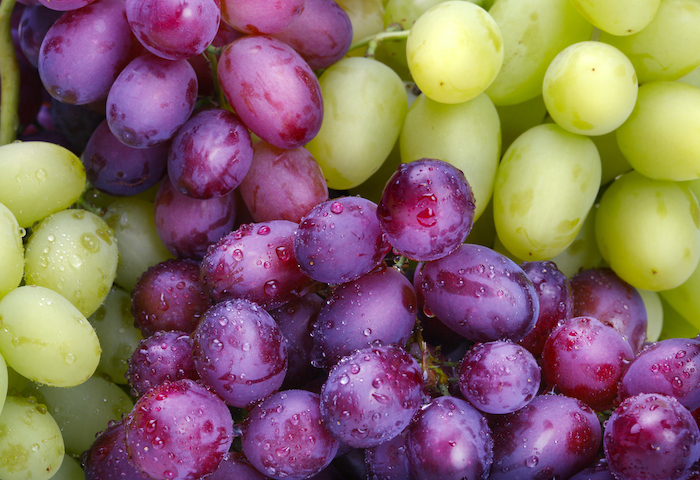Grape industry searching for new normal

Chilean table grape shippers have enjoyed a relatively normal season after three straight difficult seasons, says John Pandol, special projects director for Pandol Bros. Inc., in Delano, CA.
The previous three Chilean table grape deals were plagued by Covid in 2020, then 2021 rain, followed faced large logistics and transportation issues in 2022. “The last normal year was 2019,” but, he adds the industry has seen such structural and varietal changes, the question stands: What does normal look like?
On Feb. 25, Pandol tells FreshFruitPortal.com that Chile is on the back end of its shipping season and facing delays in the Peruvian deal, which were caused by internal political strife in Peru. Thus, rolling into March, “there is more inventory in the U.S. than usual. Can all of this get sold?”
Reviewing alternative South American table grape international market possibilities, Pandol says international currency exchange rates favor exporting to the U.S. “Europe is depressed by a war, energy costs and currency rates.” The Asian market buys only certain preferred varieties “and that is it. It’s always been the case that Asia takes what they take,” which are largely Red Globe and Sweet Globe varieties.
Regarding Peru, Pandol says January domestic disruptions didn’t drop grape export volume but pushed back harvesting and shipping. Heading into March, Peru numbers “are finishing on a natural curve.”
Meanwhile, in global grape trade, South Africa is shipping a little volume to Canada and is a non-factor for the U.S. market.
Pandol notes that the South American industry may have some overlap with very early Mexican grape volume from Jalisco by early April. Jalisco “will be rocking after Easter, but probably not more than 500,000 boxes a week.” Still, there will be plenty of grapes in the market before Sonora begins shipping large volumes in May.
Thus, this winter, excess volume from South America is going to the U.S. The question arises, “How much volume should the U.S. take? There is pressure to ship, and then after the fact you shouldn’t have shipped.” This is increasingly a topic deserving consideration. Pandol reminds that last year, grape growers in Mexico and California left fruit on the vine to avoid flooding the market. He says 10% to 15% of California’s grape potential commercial volume was not harvested.
A silver lining for grape market
Pandol notes that heavy rains in California in January and the third week of February will inevitably reduce that strawberry crop. “That has got to negatively impact their volume for the next few months. This is not good for those guys” but lost strawberry volume may open more space for grapes on retail produce displays early this spring. At the same time cold weather in central California is discouraging bees from getting out to pollinate stone fruit, including cherries. “When it’s 38 degrees and we’re having ten days of cold, it may affect that crop into the summer.”
Grape supply and demand
Pandol agrees with the industry’s answer to an oversupply dilemma being that demand needs to be increased, but he observes, “That’s a long -term strategy.” The industry has already explored new markets.
New, high-quality grape varieties are good but “they are largely mid- and late-season and tend to harvest in tight windows, they all come off in the same time frame, which creates a spike in production.” Growers plant these varieties within a 20-year business plan and it is “difficult to ferret out” exactly how the grape industry will unfold.
He adds that the avocado and berry industries have managed to “defy gravity in filling never-ending demand with ever-increasing production. Yet they have their periods of oversupply nevertheless.”
Generally speaking, produce industry sales numbers are not what they were before the Covid pandemic. “You scratch your head as to why.” Pandol notes that impulse sales at retail are lost when 5% of sales are online. While big displays move volume from brick and mortar, “how do you make that work online?”
Furthermore, in the face to inflation in the United States, consumers are pinching pennies.
Pandol notes that there is excessive publicity about Americans making healthier eating choices. But he said that conversation has been taking place for much of his life. And people continue to make unhealthy food choices, as produce consumption remains flat.








































